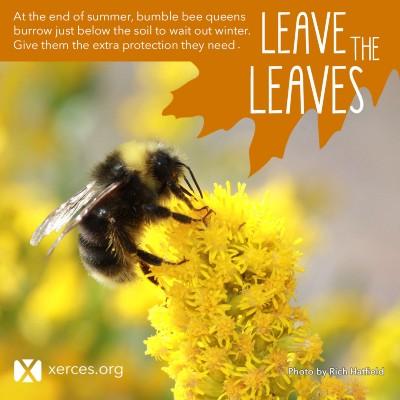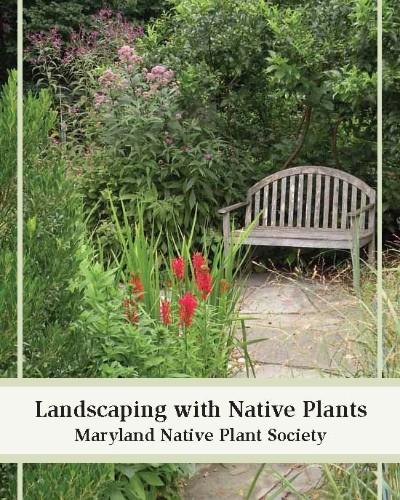How to select and care for shade-loving native plants
Planning your native garden
You can support plant biodiversity as well as pollinators and songbirds by planting locally native plants in your shade garden. Recent research suggests that if biodiversity is your motive, you’d do well to use at least 80% natives by cover, rather than just planting a few.
One aspect of native gardening that is unique to shade gardens is the opportunity to mimic the natural structure of a forest. Research shows that this helps to support insect and songbird biodiversity. The layering of canopy, understory, shrub, and herbaceous species, underlain by leaf litter, provides habitat for the insects and birds that call the Eastern Deciduous Forest home.
If you live near a park that controls deer overpopulation and removes invasive plants, go there to see what kind of native plants occur naturally in the woods near you. Pay particular attention to what grows on hilltops vs. what grows in the valleys. You’ll probably notice that there is a lot more vegetation in the valley. Many trees, shrubs, and perennials are adapted to higher moisture levels. If you purchase and plant these species in dry shade in your home landscape, you may need to irrigate to get the same lush appearance you saw in nature. You might prefer to plant species you saw on the hilltop instead, to have a lower maintenance landscape, and settle for a look that’s a little less lush. In ecology there are exceptions to almost every rule and this is one. The Virginia bluebells, shown above, are naturally found in floodplains, but are quite happy in the dry shade garden.
Selecting native plants
As with any type of garden you must take growing conditions (moisture, soil texture, pH, deer) into consideration. With shade gardens, you also need to ask yourself what type of shade your garden has. Is it the full shade cast by the north side of a building? Then look for native plants that can tolerate deep shade. Is some light being filtered through the trees? Or is it just shady part of the day and sunny the rest? In the summer, morning shade and afternoon sun can be hard on woodland plants, consider tough species that are native to the forest edge rather than the interior.
Another aspect of native gardening that is unique to shade gardens is the spring ephemeral. These woodland wildflowers have evolved to emerge before trees leaf out, allowing them to get in a few weeks of good sunshine. After the trees leaf out, they are done flowering and they go dormant. Some disappear so completely, you would do well to mark their location so that you don’t accidentally dig them up. This unique quality offers you, the gardener, the option of double planting with plants that offer more interest later in the season, for example bottlebrush grass or garden phlox.
A few woodland species are mistakenly advertised as native, but are not native anywhere in Maryland. Yellow wood poppy, in addition to being non-native, can be quite aggressive. Allegany pachysandra is native to the cool mountains of the southern Blue Ridge.
Maintaining a native shade garden: leave the leaves
One aspect of gardening under trees is deciding what to do with the thousands of leaves that blanket the ground each fall. You will want to remove leaves covering evergreen plants you’d like to keep. The evergreens photosynthesize during the winter, and a blanket of leaf litter will kill them. This includes lawn, moss, or evergreen natives like Christmas fern and golden groundsel.
Some plants that aren’t considered evergreen do have evergreen basal foliage, and this also needs to be protected. Bottlebrush and cardinal flower are good examples. You will notice that in the woods, mosses and evergreen native plants only grow where leaves don’t accumulate. In your garden, you are the force that keeps leaves from accumulating. From fall through spring, every few weeks you have to go out and uncover your evergreens.

Otherwise, native shade gardening can be less work and more gratification if you leave your leaves where they land! Your woodland plants are well adapted to an undisturbed blanket of leaves and do not need to have them blown, shredded, etc. From fungi to overwintering insects, many woodland species require undisturbed leaf litter. The Xerces Society lists fritillaries, hairstreaks, wooly bears, luna moths, and bumble bees among the many insects that overwinter in fallen foliage. The whole leaves also make an excellent weed barrier.

The Maryland Native Plant Society booklet has an excellent plant list, and indicates which plants perform well in shade. Keep in mind that some species also have soil texture or pH requirements, so be sure to ask your native plant vendor about these. Or try the U.S. Fish and Wildlife Service's searchable database, and you can select sun exposure, ecoregion, other growing conditions, and more.
Additional resources
-
Alliance for the Chesapeake Bay and the U.S. Fish and Wildlife Service. http://www.nativeplantcenter.net/plants/
-
Maryland Native Plant Society. Landscaping with Native Plants. https://mdflora.org/publications/gardenersguidelines/gguides.html
-
Xerces Society. Leave the Leaves! https://xerces.org/2017/10/06/leave-the-leaves/
By Dr. Sara Tangren, former Sr. Agent Associate, University of Maryland Extension, Home & Garden Information Center, May 2019.
